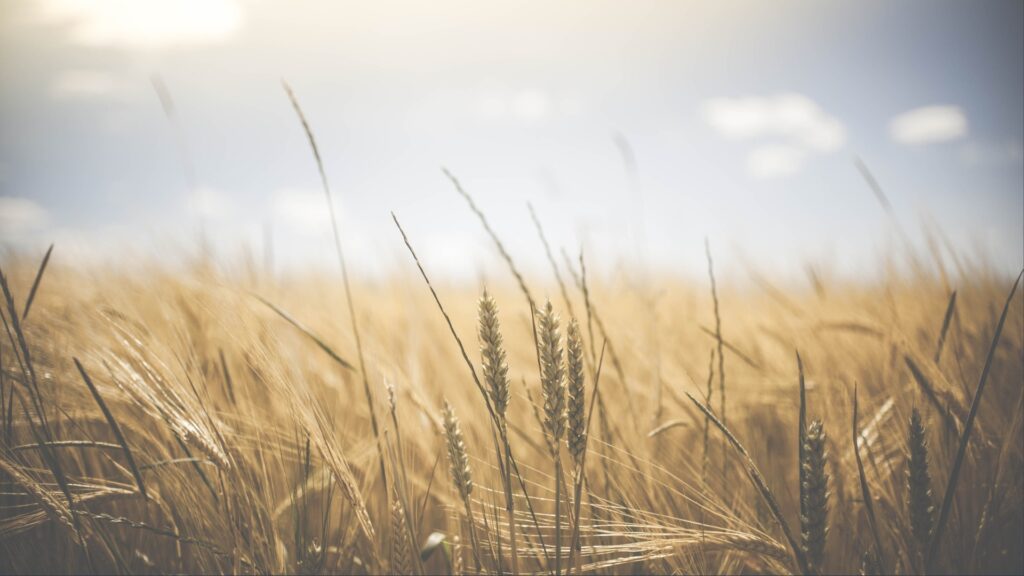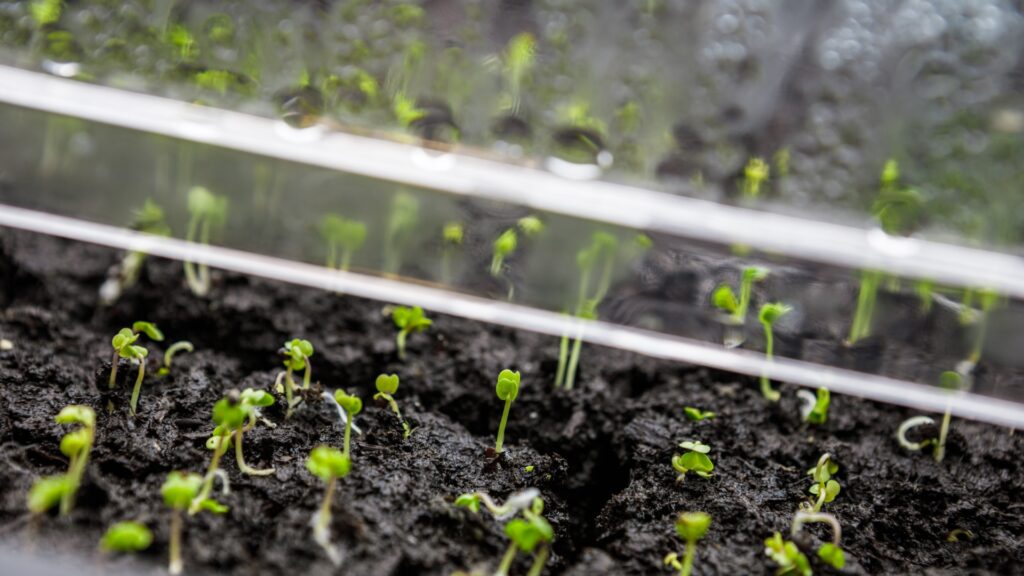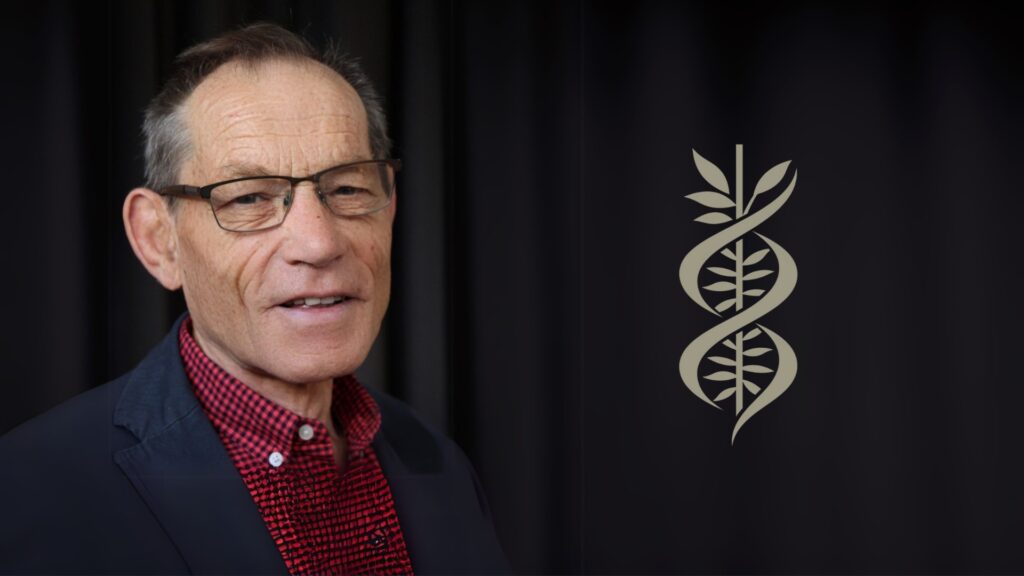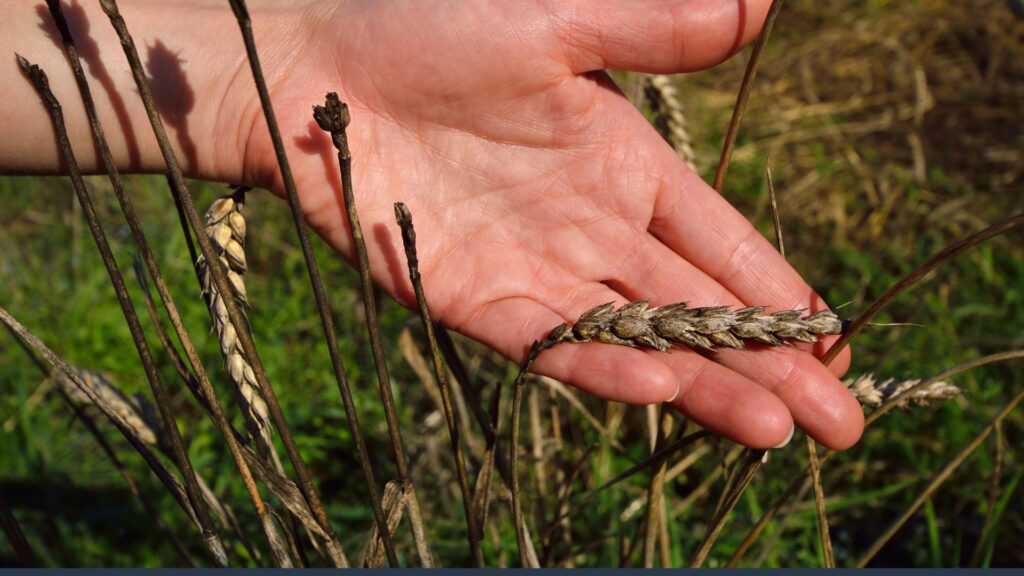

They’re the quiet heroes behind our food security — scientists and seed savers working to protect the planet’s agricultural future. From underground vaults to remote farms, the Super-Seeders are preserving biodiversity and breeding crops that can withstand the challenges of a changing world.
When new barley varieties were trialled in Selam’s highland village, she noticed something unusual — higher yields and better taste. By working directly with local researchers, Selam became part of a living feedback loop between global science and rural reality. She represents the final mile of the revolution: local adaptation and true impact.
A wheat geneticist at the John Innes Centre, Simon’s work focuses on unravelling the complexity of plant immunity and yield traits. His lab links old wheat varieties with cutting-edge genomics to breed stronger, more resilient crops — all without losing the traits that farmers depend on.
A former Director General of CIAT and co-founder of the Crop Trust, Geoff has spent decades fighting to secure funding and policy frameworks for global seed sharing. His leadership helped cement the International Treaty on Plant Genetic Resources — making genetic diversity a shared global asset.
n the 1930s, Vavilov and his team collected tens of thousands of crop varieties from around the world — many of which are still used in breeding today. During the Siege of Leningrad, his scientists chose to starve rather than eat the seeds in their vault. Vavilov’s legacy is the moral and scientific foundation of every gene bank today.

When new barley varieties were trialled in Selam’s highland village, she noticed something unusual — higher yields and better taste. By working directly with local researchers, Selam became part of a living feedback loop between global science and rural reality. She represents the final mile of the revolution: local adaptation and true impact.

A wheat geneticist at the John Innes Centre, Simon’s work focuses on unravelling the complexity of plant immunity and yield traits. His lab links old wheat varieties with cutting-edge genomics to breed stronger, more resilient crops — all without losing the traits that farmers depend on.


Article coming soon…

Article coming soon…
